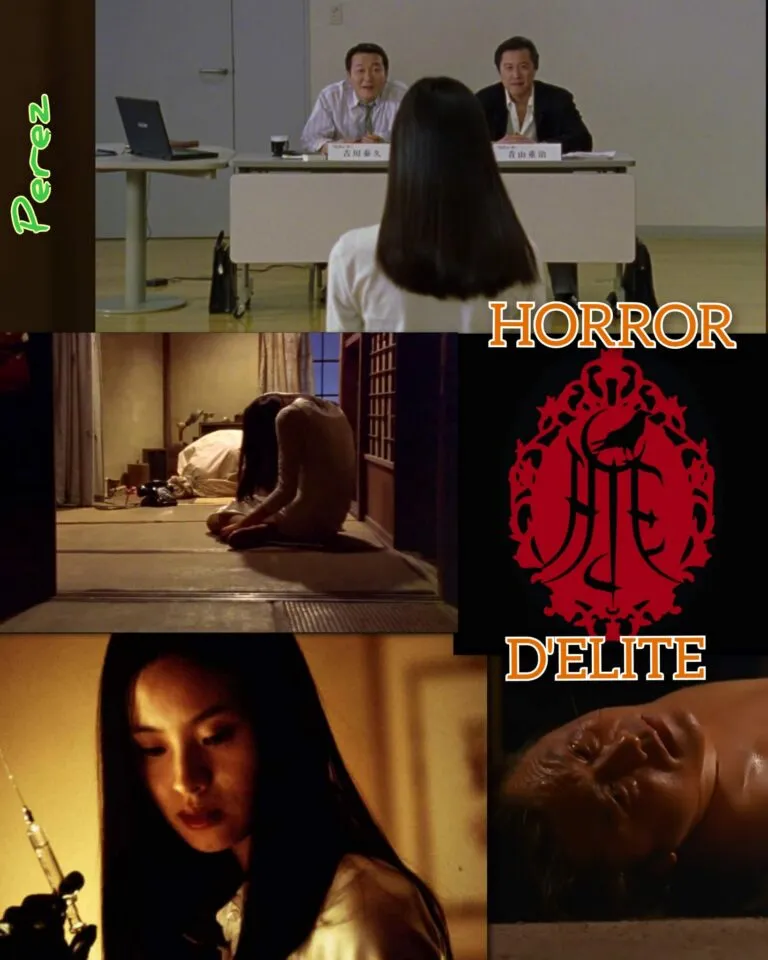I Spit on Your Grave
I Spit on Your Grave
Directed by Meir Zarchi
USA 1978
PLOT
Jennifer Hills is an ambitious, young, and beautiful writer, working on her first novel. To write it, she decides to move to an isolated cabin in the woods, surrounded by nature. Her presence is noticed by a gang of thugs, who decide to violate the peace and privacy of the young writer with intentions that are far from friendly.
THOUGHTS
Probably I Spit on Your Grave is the most famous title in the “Rape & Revenge” genre.
The ordeal of the young Jennifer (a monumental Camille Keaton) remains one of the most disturbing moments in genre cinema.
The gang rape, the psychological and physical abuse, the stripped and tortured body of the woman are characteristics of the film that, for the time, and the corresponding thresholds of tolerance, elevated it to cult status.
Certainly, a few years earlier Wes Craven had already hit the mark with the heartbreaking The Last House on the Left, where rape and violence are abundant, but this film focuses on the bestial nature of humans, which, in this case, erupts in the inhumane group violence of outcasts raised in ignorance and loneliness.
In this case, Zarchi “gifts” us with an interminable sequence of physical violence, divided into three acts, that is truly hard to bear.
To “ease,” so to speak, the endless odyssey of violence suffered by Jennifer, comes the second part of the film, that of revenge.
Inevitably, the viewer, by now deeply empathetic with the protagonist, roots for a ruthless revenge. Whether detached or objective, it’s clear that what Jennifer does is no less brutal than what she endured.
The tortures and brutality of the murders set the pace for the execution of her premeditated revenge: an epilogue that transforms the poor girl from New York, who even goes to pray to God in church right before carrying out her vengeance, into a beast filled with hatred that won’t find peace until her thirst for retribution on the group is fully satisfied.
This film, due to the historical moment in which it was released, was labeled by critics as sexist, misogynistic, and feminist.
For us, it remains an essential title that still hits hard and decisively today, managing, even after more than 40 years, to still cause a lot of pain both visually and morally.
Several sequels have been made from the film, as well as a solid remake in 2010, though none reach the level of the original work due to the evident lack of messages and motivations.
PANDEMONIUM MOMENT
The castration scene in the bathtub. The water begins to turn red, Jennifer steps out of the tub, and as the man slowly bleeds to death, screaming in agony, she puts Puccini’s *Manon Lescaut* on the record player.
 Subscribe to our YouTube channel
Subscribe to our YouTube channel





